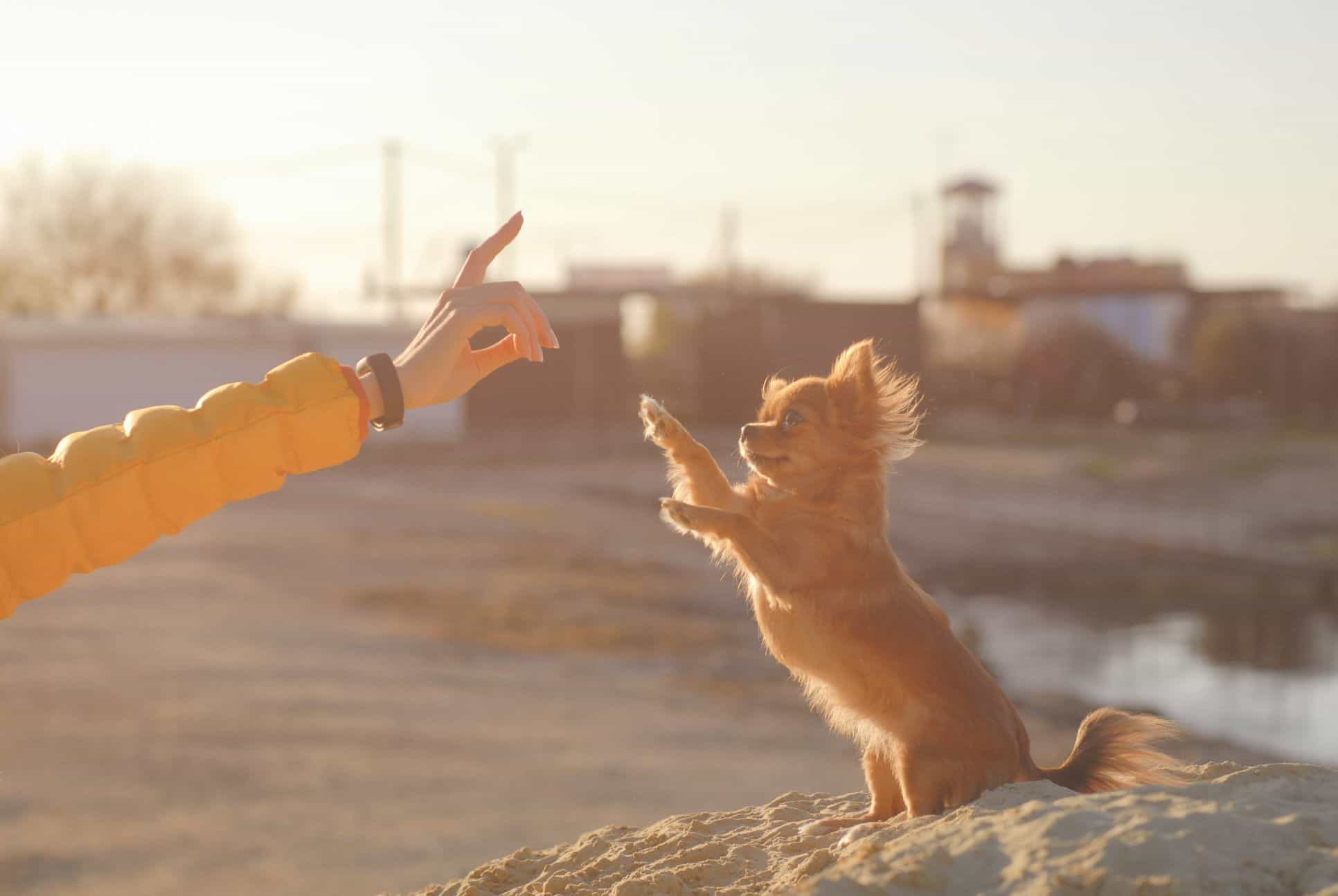Can You Train a Deaf Dog?

If you recently adopted a deaf or hearing-impaired dog, or if you think your older pet is losing her hearing, you might be wondering if training a deaf dog is possible. The answer is yes! With simple modifications, your hearing-impaired dog can learn to respond to training cues just like other pets.
At Beverly Hills Veterinary Associates, we’re here to help you nurture the bond you have with your special needs pet. Read on for reasons why dogs go deaf, training tips, and other ways to care for your deaf pet.
Why Do Dogs Go Deaf?
Certain breeds, including Dalmatians, Australian Cattle Dogs, and Bull Terriers, are more prone to being born deaf. Some senior dogs will begin to lose their hearing due to degeneration of the nerves inside the ear. Regardless of the cause, learning how to communicate with your deaf pet is important for her safety and for the relationship you have with her.
Please contact us if you think your dog is losing her hearing. Symptoms include:
- Unresponsiveness to her name or known commands like “come”
- Unresponsiveness to sounds like the doorbell or your car keys
- No longer reacting to sounds that used to upset her, like the vacuum cleaner or lawn mower
- Behavioral changes, like sleeping a lot, not greeting you at the door, or acting extra clingy
How to Train a Deaf Dog
Dog sign language will help you communicate visually with your dog. Even if your dog has partial hearing, adding sign language to your verbal cues will ensure smoother communication with her if her hearing declines.
Basic Training Tips for Deaf Dogs
- The first step is defining a way to get her attention. Try your phone’s flashlight, stomping your foot to create a vibration, or a light tap on her shoulder. Teach her that this is her cue to turn toward you and pay attention. When she does this, reward her with a yummy treat!
- Choose simple hand signals for commands like “come” and “sit.” Professional trainers use standard signals, but if your dog has never been taught these, you can create your own. All that matters is that you and your dog know what the dog sign language means.
- Continue to speak while providing nonverbal commands so you look relaxed and natural.
- Reward good behavior with treats and plenty of ear scratches!
Safety Tips for Deaf Pets
Other things to keep in mind when caring for a deaf dog:
- Always keep a deaf dog leashed when out for a walk.
- Be mindful that in the beginning, touching her from behind will startle her, and she could become fearful. Help her get used to this new normal by gently touching her shoulder during the day and providing a treat. She will eventually connect the gentle touch with good things.
- Be patient as she adjusts to her changing senses.
- Carve out quality time every day for walks, constructive playtime, and snuggles—as this mental and physical stimulation will help her stay confident, secure, and happy!
Please contact us if you have any questions about your hearing-impaired pet or to schedule an appointment. We are here to help.
